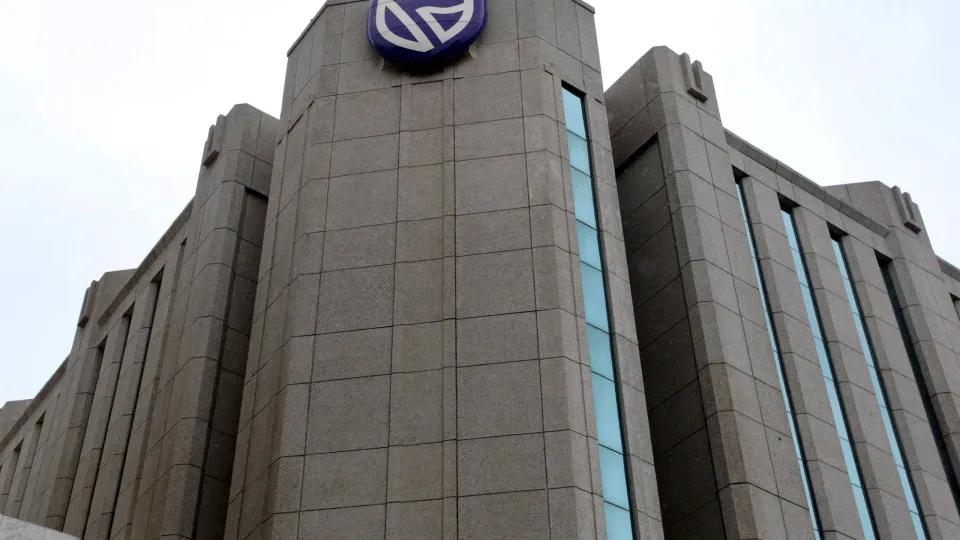
“In 2025, there was a slowdown in GDP growth, affected by the contraction of the oil sector. However, our forecast is for a recovery in 2026; the same applies to inflation, where exchange rate stability has allowed for reduced inflation and interest rate cuts,” said the chief economist of the bank for Angola, Mozambique, and the Democratic Republic of the Congo in a statement.
In the first half of the year, the economist pointed out that global liquidity pressure was the main feature due to concerns about the impacts of U.S. trade policy. “From the second half of the year, as tariff negotiations began at lower levels than initially expected, there was relief in global markets, a restoration of capital flows, and some stability in oil prices, which has allowed Angola to stabilize oil revenue, especially in a year when there is some pressure on production,” he added.
The second edition of the Economic Briefing, titled ‘Angola Beyond Oil & Gas,’ highlights the authorities’ commitment to deepening economic diversification.
“In terms of GDP, there is a significant reduction in the oil share to less than 20%; very recently, this share was at levels above 30%, which shows that this reduction is quite significant, and in the case of tax revenue, there is now a greater contribution from non-oil revenue, suggesting some progress in structural reforms to help boost the non-oil economy,” the economist said.
Angola, he concluded, “is implementing an import substitution strategy, and this strategy has the merit of helping to replace some products with local production, some imported products but naturally, it takes time to see a greater contribution from the rest of the economy in exports.”




